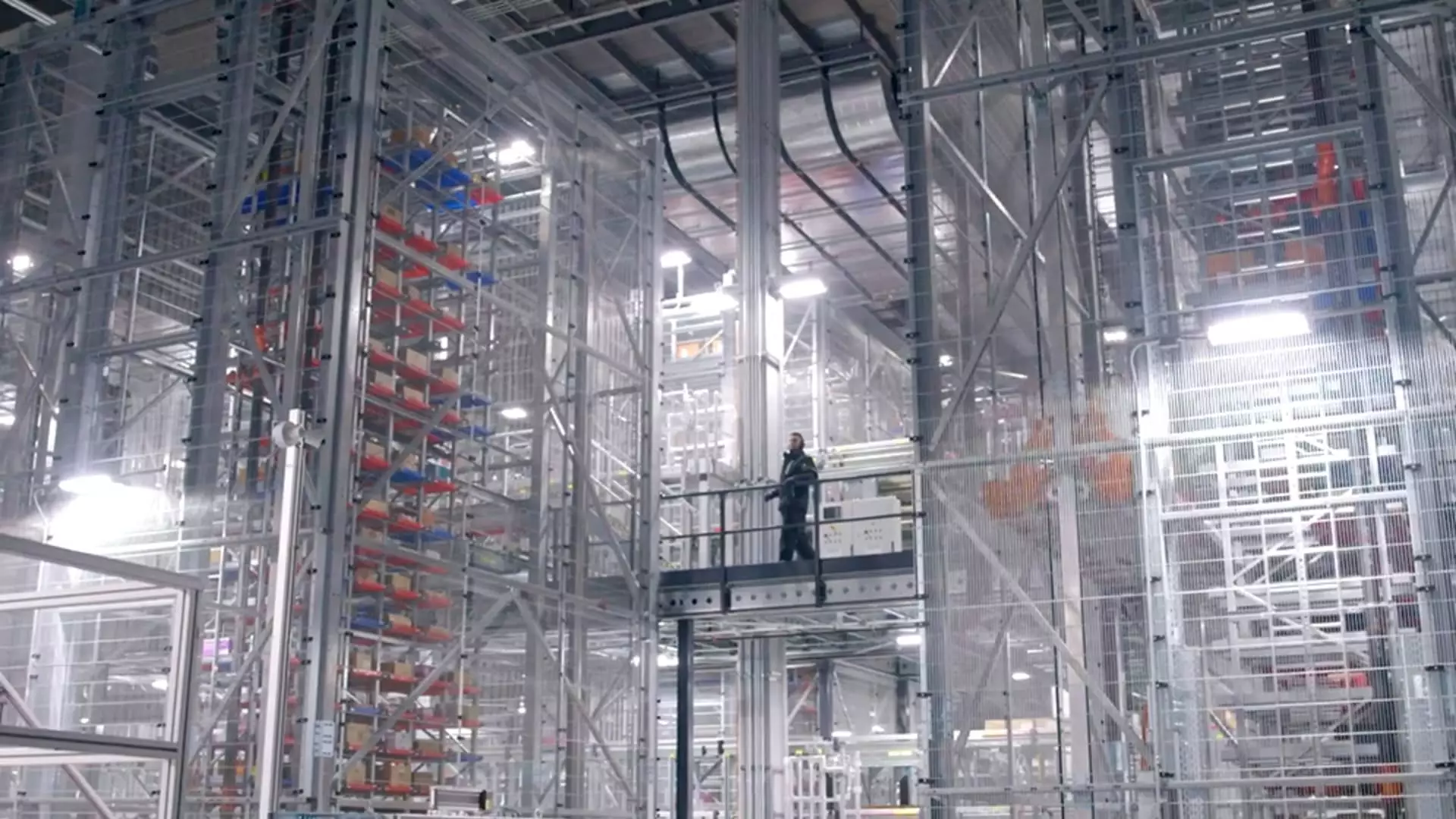Walmart recently announced plans to open five automated distribution centers for fresh food across the country. These facilities are designed to enhance efficiency in its supply chain operations and support the growth of its online grocery business. With an average size of 700,000 square feet, these centers feature automated storage and retrieval systems, specifically designed for storing and handling perishable items such as fresh produce and frozen foods. This strategic move comes as the retail giant aims to keep pace with the changing needs and preferences of its customers, who are increasingly turning to online ordering and curbside pickup options.
The shift towards automation in Walmart’s distribution centers is part of a broader initiative to modernize its supply chain infrastructure. By implementing advanced technologies that streamline inventory management and order fulfillment processes, the company can better predict demand, reduce costs associated with excess inventory, and improve overall operational efficiency. Dave Guggina, Walmart’s executive vice president of supply chain, highlighted the benefits of automated facilities in providing real-time inventory visibility and expediting the delivery of groceries to stores.
One of the key advantages of automation in Walmart’s distribution centers is the ability to operate more cost-effectively. By optimizing inventory management and order processing, the company can minimize the expenses associated with maintaining safety stock and increase warehouse density. These high-tech facilities have twice the storage capacity and can process more than traditional distribution centers, resulting in improved productivity and reduced operational costs. As Walmart continues to invest in automation and technology, it expects to achieve significant cost savings and higher profit margins in the coming years.
While automation brings numerous benefits in terms of operational efficiency and cost savings, it also has implications for the workforce. Walmart’s investment in automated distribution centers may lead to changes in the roles and responsibilities of its employees. The company anticipates that the total number of employees will remain stable or increase in the future, but the nature of these roles will evolve. There may be a shift towards hiring more truck drivers to support transportation operations, while reducing the need for warehouse workers to manually handle inventory. This transition reflects Walmart’s commitment to increasing productivity and adapting to the changing demands of the retail industry.
Looking ahead, Walmart plans to expand its automated distribution network further, with the goal of servicing a majority of its stores through automated facilities by early 2026. By leveraging automation to enhance order fulfillment and inventory management capabilities, the company aims to improve unit cost averages by approximately 20% over time. The continued expansion of automated distribution centers for groceries, coupled with upgrades to existing facilities, demonstrates Walmart’s commitment to innovation and operational excellence in the retail sector.
Walmart’s investment in automated distribution centers marks a significant milestone in the company’s journey towards a more efficient and cost-effective supply chain. By leveraging advanced technologies and automation, Walmart is positioning itself for future growth and success in the rapidly evolving retail landscape. The impact of these automated facilities extends beyond operational efficiency, as it also influences the workforce and the overall customer experience. As the retail industry continues to evolve, Walmart’s strategic focus on automation sets a precedent for innovation and excellence in supply chain management.


Leave a Reply